|
A few years back I worked with a client, let’s call him Eric, who was the COO of a medium-sized, established company. I was inspired by my work with him, to write this article about how our thinking / mindset / perspective can trip us up.
Everybody has set ways of thinking about things. This is true for your private life as well as in your working environment. Where your perspective comes from and what it is based on comes usually from past experiences. By past, I mean it can come from way back, or even recent bad experiences with the last boss or partner or life in general. What matters now, in the present moment, is the awareness that these experiences exist, might be driving your behaviour and give you your perspective on things. This can form beliefs, biases, judgements and any, negative thoughts. If you are ready to start changing the results you are getting then these tips can help you challenge your thoughts. After all, Einstein says: “Insanity is doing the same thing over and over again expecting different results.”
0 Comments
Far too often many of us are fully unaware of our personal power or we are far too quick to give it away to others, relinquishing control, and responsibility for the reality we live in. In this blog post I would like to encourage you to take back your personal power by consciously choosing to step out of “Victim Mindset” and into the “Victor Mindset.”
How to identify that you are stuck in the “Victim Mindset”
While self-esteem is an indication of how you see your value and worth, it can affect relationships, career, motivation, behaviour, and wellbeing. In short, self-esteem can significantly increase or decrease the overall quality of your life.
A healthy self-esteem allows you to acknowledge your potential, set healthy boundaries, have a clear understanding of your needs and strengths, feel a sense of belonging, as well as feel courageous enough to grow, take risks and seize opportunities. Remaining in a healthy state, similar to physical exercise, requires regular efforts and attention. It may be hard, but it will prove to be worth the effort and time investment. In order to cultivate a healthy self-esteem, here are five suggested exercises that you could implement in your day-to-day life. When faced with a difficult decision it is important to know that you always have choices. It is hard to realize there is more than one solution to any given problem. One important life skill to learn is how to find those choices when faced with a difficult decision. With this skill, life becomes easier to keep in balance. More balance means less stress.
Think of a situation you are facing and see if any of the comments below can be applied: Which of us doesn’t want to have a good life? Who doesn’t want to be enough? With a lovely house and garden, sweet children, a loving spouse, who come together for breakfast, lunch, and dinner. A life filled with good friends who celebrate over an elaborate meal and extended family that come together often with smiles and hugs. A life with a rewarding job that appreciates your work and brings out your best. While these scenarios might be things that people dream about, they are scenes from stock photos, advertising campaigns, lifestyle shows, and social media influencers. Yet they inspire us to want to be perfect, to have perfect lives. They prey on our feelings that we are not enough. Then, for many of us, the drive to have a perfect life overwhelms. In her book, End the Struggle and Dance With Life, Susan called the drive to always be perfect an addiction. Always having to be the best, always going above and beyond, always having to prove yourself are just ways of trying to show the world, and yourself, that you are good enough. Being a perfectionist, while it might look as if everything is fantastic, takes its toll on our health and our relationships. It can also hold us back from new opportunities. All those images and videos we see of perfect-looking people living perfect lives only has the echo of truth in them. What we never see in those images is the mess behind the camera. The other people working behind those scenes to make the illusion seem real. So while those images make us feel as if we are less than perfect, they only represent something superficially “perfect.” The reason our addiction to perfection can be so devastating is that we believe our self-worth is measured by our performance. But since no one is perfect, it is impossible to attain self-worth through perfection. Trying to be perfect in everything we do is only a means to feel as if we are good enough. Have you set unattainable, high standards for yourself? Do you become self-critical when you do not achieve said high standards? Have you become critical of others for not meeting the standards which you have set? Does your fear of failure lead you to procrastination or hinder you from following your dreams? If you have answered yes to any of the above, you may have perfectionistic tendencies.
While continuously striving to be the best version of yourself and having attention to detail can be a great driving force, perfectionism often becomes a roadblock. How do you know if perfectionism is blocking your path to self-actualization? Constant Interruptions, Disturbances, Noise - How They Can Rob You of Your Focus (and Motivation)21/9/2023 They are building all around me this week – even with a jackhammer just below me. It is unbearably noisy. This noise is robbing me of my focus and, consequently, my motivation.
Currently, I am writing this while sitting in a quiet restaurant near my apartment and right by the lake . Hotel lobbies seem to stimulate creative thoughts. Nothing against the builders or the need to repair / renovate something in the building. That is life. We need to do maintenance on buildings just as we need constant maintenance in the form of self-care. But the level of disruption has made me appreciate how much noise makes it difficult for me to focus and concentrate. I had intended to do my morning brain training before I started work today but found that the drills and the jackhammer were too disrupting. So disrupting, in fact, that I left the house and retreated to this lakeside location. No matter how much I encouraged myself to, I just could not handle it. In the Oxford Dictionary, the definition of a “control freak” is “a person who feels an obsessive need to exercise control over themselves and others and to take command of any situation.” The Merriam Webster dictionary says that a control freak is “a person whose behaviour indicates a powerful need to control people or circumstances in everyday matters.”
This personality trait could stem from a chaotic childhood, alcoholic parents, abusive behaviour, or early abandonment. Such experiences can make it hard for people to trust or relinquish control to others. The fear of falling apart pushes them to control what they can. As their emotions are all over the place, they feel loss of control. For this reason control freaks will micromanage whatever they can with the belief that this makes them strong. People who feel out of control tend to become controllers. I imagine each and every one of us is a control freak, or takes on the behaviour of such, at some point or another. The fear of failure is what makes it so important to control everything when you do not trust anybody else to do a good job. One difficult aspect of being around a control freak is accepting that they do not understand how their behaviour and choice of words affect the people around them. Another difficult aspect is not to take it personally. This behaviour comes from deep inside and the person is actually quite unaware of being a control freak. Even the most enlightened of us can’t always stop ourselves from worrying about the future and asking ourselves “what if?” Underneath our connection to our Higher Self that we work so hard for, lurks the fear of future problems just waiting for an opening to ask us “what if?”
You know how it is…trouble is brewing at your job, layoffs could be coming. What if you lost your job? There have been a rash of pedestrian traffic accidents lately. What if your child is hit by a car? Your mother’s routine check-up turns into several follow-up appointments. What if she is sick? And on and on. Before we know it, our Chatterboxes have taken over. We are filled with fears about the future and the “what if” questions drag us down to our Lower Self. Many of us “what if” ourselves into a perpetual state of worry. “What if” questions come from our Lower Self, our inner chatterbox that wants us to live in perpetual fear. Susan wrote in Feel the Fear and Do It Anyway, “When the ‘what ifs’ are out in full force, the internal Chatterbox is at it again. You look at the unknown and try to predict the future; you try to take control of outside forces. Both are impossible. At this point you might notice you are driving yourself crazy.” There is nothing like being comfy and cozy in our comfort zones. Right? The problem with that is, of course, that we can’t change or grow if we hold on to our comfort zones. As Susan wrote in Feel the Fear and Do It Anyway, “Most of us operate within a zone that feels right, and outside of it we are uncomfortable. For each one of us that zone of comfort is different, but whether we are aware of it or not, all of us—rich or poor, famous or unknown, gay or straight, male or female or whatever our gender identity— make decisions based on the confines of that comfortable space.”
While we may feel secure in our comfort zone, we likely are living with the pain of neediness and the fear of change. While comfort zones can make us feel secure, they also keep us from feeling powerful. If we want to grow, to experience, to learn, we have to start moving out of complacency in that comfortable space. We have to start expanding our boundaries. To do so, we have to take action, we have to put in the work—even if it means being uncomfortable. That is the only way we can know our own power. The first and most important step is to realize and truly acknowledge that unless you take care of yourself nobody else can or will. When I say, “truly acknowledge”, I mean that you have accepted the following:
These are a few examples, expressed in simple terms: You have taken charge of your life, know your Values and maintain your Personal Power. You can live your life … it does not have to be living you! To reach your potential as well as feel content in the course of your life, having Life Skills is essential. They are the “software” you have the option to acquire along the way. You are born with the “hardware”: your body. Your behaviour comes under the heading “software” because this can be changed, improved, modified, extended or even deleted if necessary. Many of these Life Skills are received in the home and at school while growing up, others you learn later in your development, taught by “the school of life”, friends, colleagues, courses, books, teachers, trainers, and coaches. You can also teach yourself with patience and practice based on all of the above, plus past experiences, both positive and negative ones. What makes one person successful while others keep struggling? Everybody goes through difficult phases, has obstacles to overcome and disappointments to heal. This cannot be avoided. How you cope with all of these is the key to making your life a success. Life Skills offer support with how you handle your life. They can be defined as a group of cognitive and personal abilities that enhance your capability to lead a life in which you reach your potential. Every person has strengths and weaknesses; getting to know them is important in the process of finding out “who” you are and therefore “what” you want. Not everybody has the same dream. You should not judge others but find your way forward based on your own values. The success of some people is not a matter of luck; they will have learned how to manage their life, and they will have acquired the life skills - the “software”. Understanding that life is about change, which is inevitable, is one of the first steps on this ladder to the top! Your personal worth will benefit knowing you have the necessary skills in life to face everything that comes your way with confidence. by Suzie Doscher, Executive Coach focusing on Self-Development, Self-help Author since 2014. Photocredit: Cottonbro / Pexels Excerpt from the 1st Edition of BALANCE - a Practical Handbook for Life's Difficult Moments. Contact one of our coaches for a free introductory session.Worried About Achieving Your Goals? Take Charge of the Stress in the Moment to Stay on Track5/1/2023 You have a goal, but are worried you will not achieve it. So many issues are popping up that need dealing with, obstacles and other unexpected ‘stuff’ keeps interfering with your daily plan and / or overall daily structure. Stress kicks in, which means focusing is harder and so less is achieved… sound familiar?
All of these thoughts and mind chatter do not have to result in your getting off track or losing sight of your goal. The trick is to take charge of your thinking and push the ‘reset’ button. By this I mean, ‘reset’ the moment, not the direction you are heading or the goal you intend to achieve. Resetting the moment means handling whatever is causing you stress. Stress is an emotional issue and will not vanish with the flick of a switch in your brain. Unless, of course, you already.... I am a big believer that moving forward means improving the existing quality of your life. Of course reaching goals and increasing your performance it important. How you feel while you are doing this is what I believe makes up for quality of life.
You can be reaching goals and increasing your performance by pushing through, being competitive while running on an empty battery. At some point your body and emotional self will not be able to keep up. To increase your quality of life I suggest doing things differently or adding something entirely new to your routine. Maybe this is changing your location or job, or even friends, these are big changes. How about starting with getting rid of some behaviour patterns that no longer serve you? Replace them with behaviour patterns that do serve you. I love personal growth & development. My personal as well as professional experience can vouch for that each step taken, even small steps, results in change. Imagine climbing up a ladder. With each step your view changes and brings a new perspective. Make the kind of changes that stick! Life changes all the time, sometimes daily. During your lifetime you never stop growing, developing and learning, which of course means changing. If you resist this, you run the risk of staying stuck. Here is how you start: Hiring a candidate can feel like reaching the finish line of a journey. After weeks or months of recruiting efforts, you finally found the right fit. But it’s not – it’s actually the beginning of a crucial stage of your hiring process: onboarding.
“It is an incredibly vital stage of the hiring process because employees are acclimated to their position, the company’s philosophies, and what the organization has to offer during onboarding,” says Jamie Olson, Head of People & Culture at Continu, a learning amplification platform for teams. “It also increases motivation, resulting in employees who are dedicated to the company’s success, and promotes the retention of new recruits by making them feel like a part of the team.” Your onboarding process is the first impression. It can make or break the long-term chances of success of your new team member – it’s when expectations are set and important information is passed along. Olson broke down everything you need to know about how to effectively welcome a new employee to the team. Learn more in the checklist and onboarding tips below. The ultimate onboarding checklist First of all, it’s important not to “wing it.” Onboarding doesn’t consist of greeting your new report and making a few introductions before leaving them on their own. You’ll need to create a streamlined process that is consistent every time you hire someone new. Here is a checklist. Feeling Overwhelmed? Here's the Counterintuitive Cure, According to a Time Management Expert19/5/2022 It might feel like you have too much to do. Context switching could be the real culprit. Do you often feel overwhelmed, that you have too much for you to do and you can't get to it all? That's a very common feeling, says Anna Dearmon Kornick, certified time management coach and head of community at Clockwise, which makes time management software for teams. But the reason for that feeling may not be what you think it is, she says.
It may not be because you have too much work to do. It could be that you have too many different important matters to focus on at once. "All of that context switching leads to ovewhelm," she says in an interview with Inc.com. Worse, it can create the illusion that you aren't getting anything done. "We're basically making an inch of progress on all our projects, instead of making a lot of progress in one area," she says. "It's so small that you get frustrated by the fact that you're not seeing major progress, which gives you negative feelings about the projects, which causes you to feel bad about yourself or think you're not good enough." A daily practice to realize the counterintuitive truth that when you slow down, you have more time. Most people, most of the time, move more quickly than they need to. I’m not talking about running for the bus—I mean operating with an internal imperative, an over-revved engine, an agitated nervous system and an overactive mind that makes you drum your fingers while you wait for your coffee order, fidget with your phone when there is nothing you need from it, walk as if rushing because, well, just because it’s your habit. Moving quickly, while stressful, gives us a sense of purpose, as if pace and posture are saying: “Look how busy and important I am; I have no time to hang around.” “I have so much going on,” we boast to each other, as if we would prefer it to be otherwise. We tell each other: “I really need some space,” but as soon as you have some free time, do you just sit there, surrendering to the void? No, you fill it up with doing something!
You have the power to unlock new levels of creativity you couldn’t even fathom before. Statistics show that over 20 percent of newly established businesses in the U.S. close within the first two years. That equates to around 155,000 companies, which is quite an astounding number. If you do not want your startup to be a part of these statistics, it may be time to start thinking outside the box.
One way to ignite the creative spark within you is to create mind maps. Online mind mapping is a tool that is readily available and can increase innovation. Entrepreneurial creativity is now a necessity in this changing business landscape. To survive, business people need to be adaptable and innovative. Let’s examine how mind maps can act as the key to unlocking an entrepreneur’s creative side. Develop Creative Habits People think creativity is something you are born with. However, that is not always true. An assumption is a thought or conclusion drawn when someone says or does something. It is a reaction. You do not have the full picture or asked any questions yet to be able to make an informed decision. Conclusions are often based on assumptions which could be incorrect. They are not backed up by fact yet treated as the truth.
Assumptions have the potential to confuse a situation, and everyone involved. For example, silence or nodding does not always mean the person agrees. They could be simply acknowledging they heard you. They might not agree yet in that moment are not ready to comment. You cannot know if what you are assuming is the truth unless you ask questions to get more information and clarification. Listen carefully and ask questions if you are not sure or need further information to form an opinion. Core values are personal to each individual. They can be described as your code of ethics, your fundamental principles, your standards, or personal rules. I like to refer to them as the bricks you build your foundation on. Knowing what you truly value in life, what makes you feel fulfilled and gives you a sense of meaning, connects you to your true self and is an important part of your personal development. Core values are about YOU – not what society, the media, your education, your colleagues and friends or family deem as important, or of value, but what is important to you, what you value. Stress tends to set in when you are not treating these values with the respect they deserve. Not respecting your core values means you are not respecting your true self. In turn your self-esteem could suffer, which of course in turn decreases the quality of your day-to-day life. When the feeling of being calm and peaceful is present, and the quality of day-to-day life is high, you feel good about yourself and who you are. Your self-esteem and self-worth benefit from this. Caroline Myss, a five-time New York Times bestselling author and internationally renowned speaker in the fields of human consciousness and mysticism, says, “Being able to speak and live with the truth, your truth, means you have to become comfortable with having your power, be comfortable with all that is true about you, all that is beautiful about yourself, this is being okay with yourself.” Consider the Core Values Process I offer as a gift to yourself. The focus can be on your life, your overall life which would include your career, your career alone or your leadership values (this is a great exercise to do as a new leader or to update your existing leadership skills aligning them with your personality). by Suzie Doscher, Executive Coach, Life Coaching - Focusing on Personal Development, Self-help Author: Balance - a Practical Handbook for Life's Difficult Moments Photo credit: Shutterstock Set up a Core Values Process with Suzie Doscher or contact any of our coaches for a free introductory session.Lessons from Rebekah Taussig on honoring and celebrating our bodies.
Self-acceptance is essential to self-care and our overall well-being. If we can’t accept ourselves, our well-being is going to suffer, regardless of how diligent we are about any other physical and mental health practices. Still, even with all the progress we’ve made in recent years on body positivity and mental health, the radical act of accepting ourselves for who we are has never been more challenging. Our society surrounds us with images of what supposedly healthy and perfect bodies look like. And of course, much of that is fueled by social media, which, in study after study, has been shown to damage our body image and self-acceptance. So how can we learn to accept ourselves and show up for ourselves in a way that nurtures our well-being? To begin to answer this question, I had the privilege of talking with Rebekah Taussig on a recent episode of Deloitte’s “WorkWell” podcast. Rebekah is a writer, teacher, and advocate, whose popular Instagram feed, @sitting_pretty, is filled with what she calls “Mini memoirs.” I was thrilled to talk to her about her new book, Sitting Pretty: The View from My Ordinary Resilient Disabled Body, in which she chronicles her journey to self-acceptance with her trademark candor, humor, vulnerability, and authenticity. An assumption is a thought or conclusion drawn when someone says or does something. It is a reaction. You do not have the full picture or asked any questions yet to be able to make an informed decision. Conclusions are often based on assumptions which could be incorrect and not backed up by fact yet treated as the truth.
Assumptions have the potential to confuse a situation, and everyone involved. For example, silence or nodding does not always mean the person agrees. They could be acknowledging they heard you but do not agree yet in that moment are not ready to comment. You cannot know if what you are assuming is the truth unless you ask questions to get more information and clarification. Listen carefully and ask questions if you are not sure or need further information to form an opinion. The brain is wired to keep you safe and fulfill your core needs such as nutrition, shelter, community, pleasure, reproduction, and emotional expression. This establishes an idea of where you are, who and In my own life one of the important realizations was that balance is possible and it was mine if I wanted it. What followed was a fair amount of self-reflection, openness, and honesty with myself. Setting aside time to explore my definition of balance, by questioning what was missing and what I was already doing successfully, was time well spent. Since then, I have a good grasp on the various elements of day-to-day life. For me personally knowing my heart and mind are working together is what keeps me balanced. The sense of calm, of being grounded and clearheaded, motivates me to keep my life in balance.
Choosing to create balance will reflect in these six areas of your life:
Small things that tell you a lot about someone. In this article, we will talk about how to recognize subtly toxic people.
No one wants to waste time and energy around people who consistently behave in unhealthy ways and add negativity to our lives. Yet, many of us sometimes get stuck in toxic relationships that have a negative impact on our mental health and even on our self-confidence. The problem is some people may seem friendly, charming, respectful, and even emotionally mature, when we don’t know them enough. Some of their behaviors may seem inoffensive at first, while the reality is they are not, and they can actually damage relationships in the long-term. This is why it’s essential to learn to recognize these unhealthy habits. What follows are four behaviors of subtly toxic people: Worried About Achieving Your Goals? Take Charge of the Stress in the Moment to Stay on Track29/7/2021 You have a goal, but are worried you will not achieve it. So many issues are popping up that need dealing with, obstacles and other unexpected ‘stuff’ keeps interfering with your daily plan and / or overall daily structure. Stress kicks in, which means focusing is harder and so less is achieved … sound familiar?
All of these thoughts and mind chatter do not have to result in your getting off track or losing sight of your goal. The trick is to take charge of your thinking and push the ‘reset’ button. By this I mean, ‘reset’ the moment, not the direction you are heading or the goal you intend to achieve. Resetting the moment means handling whatever is causing you stress. Stress is an emotional issue and will not vanish with the flick of a switch in your brain. Unless, of course, you already.... |


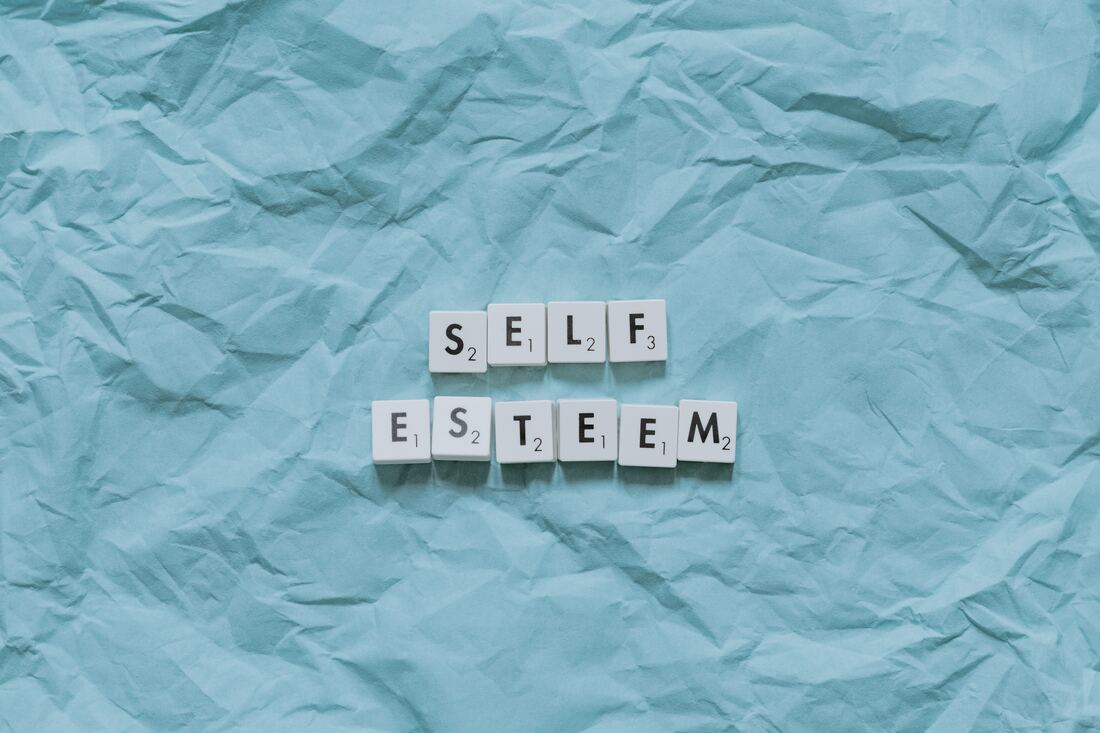

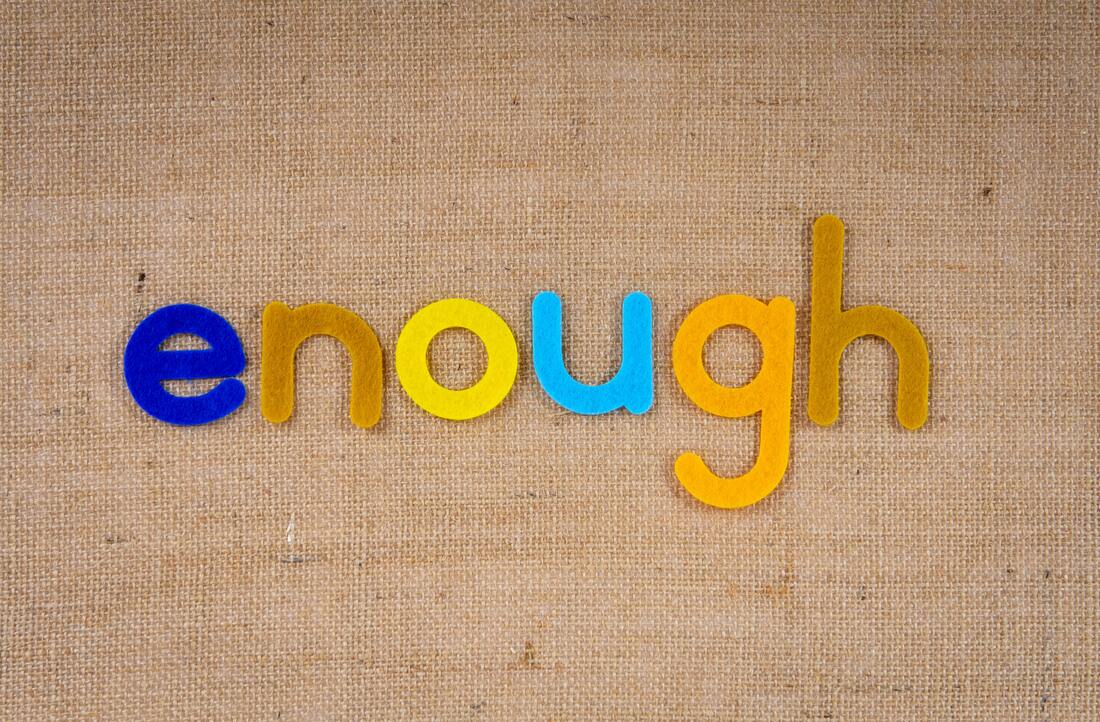



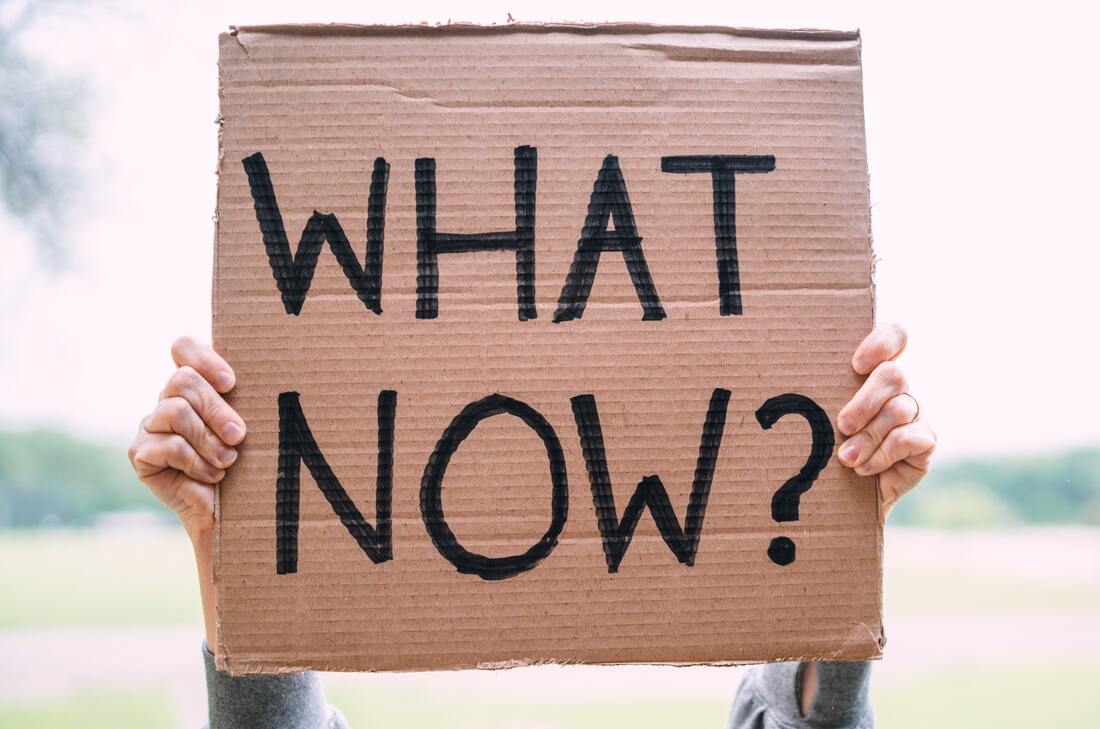

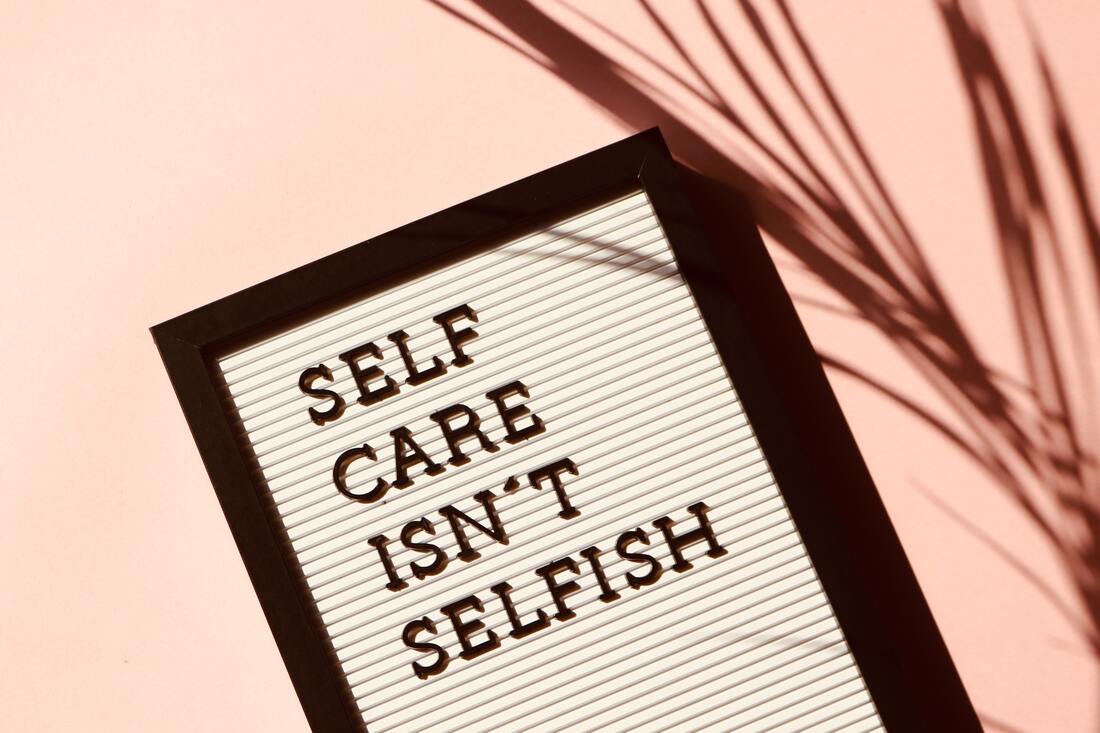

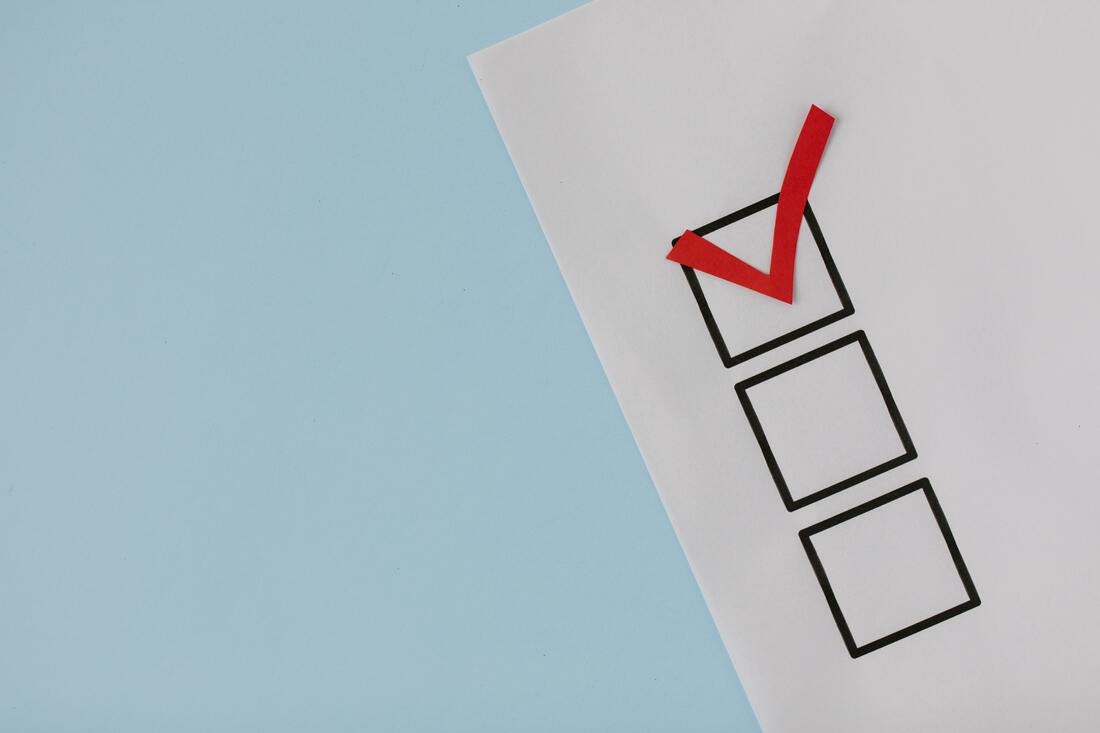







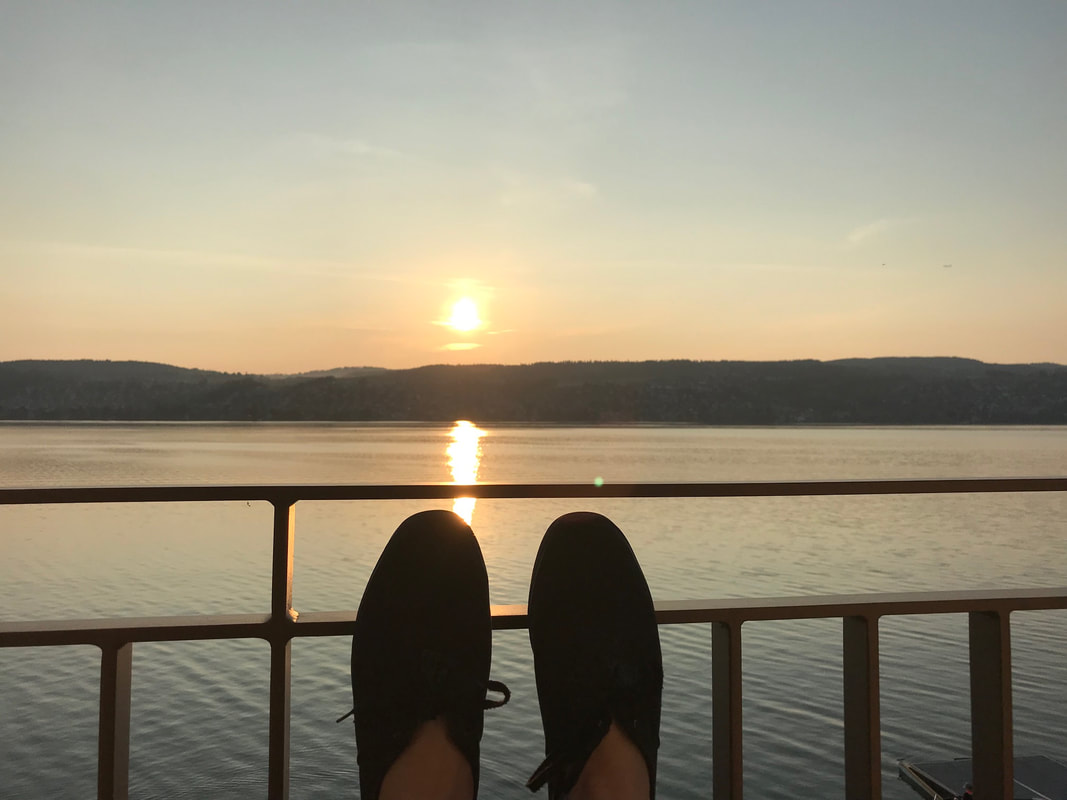


 RSS Feed
RSS Feed